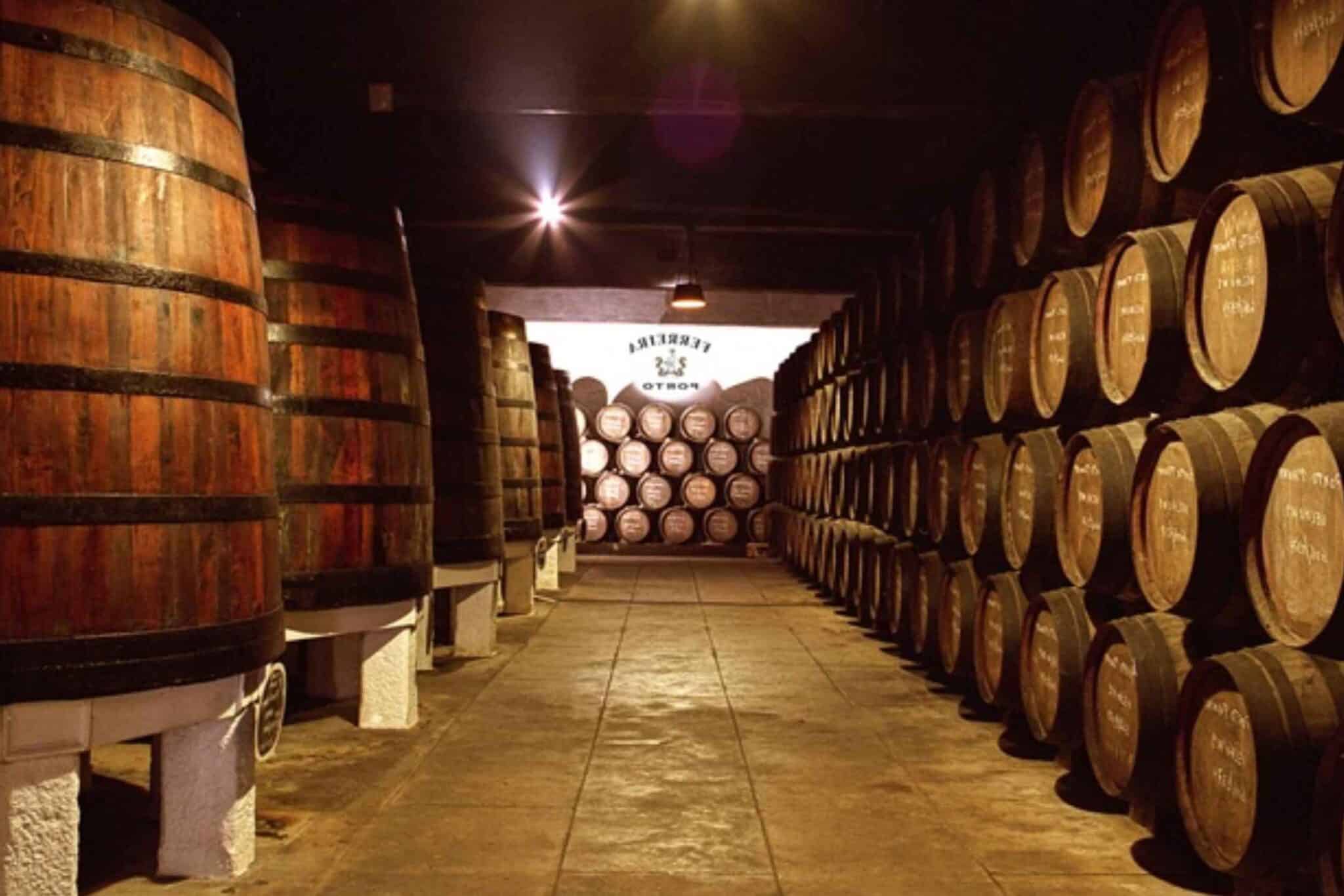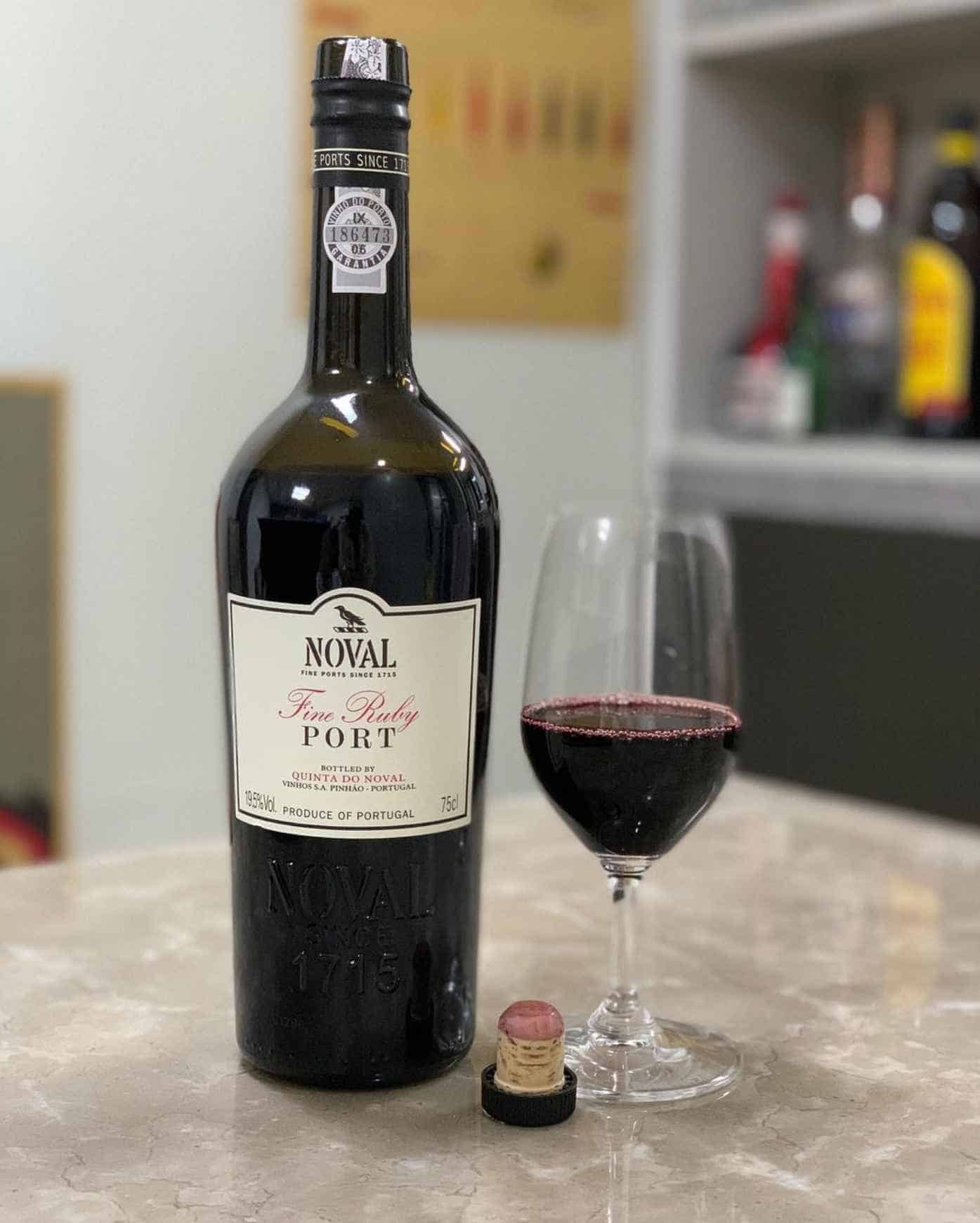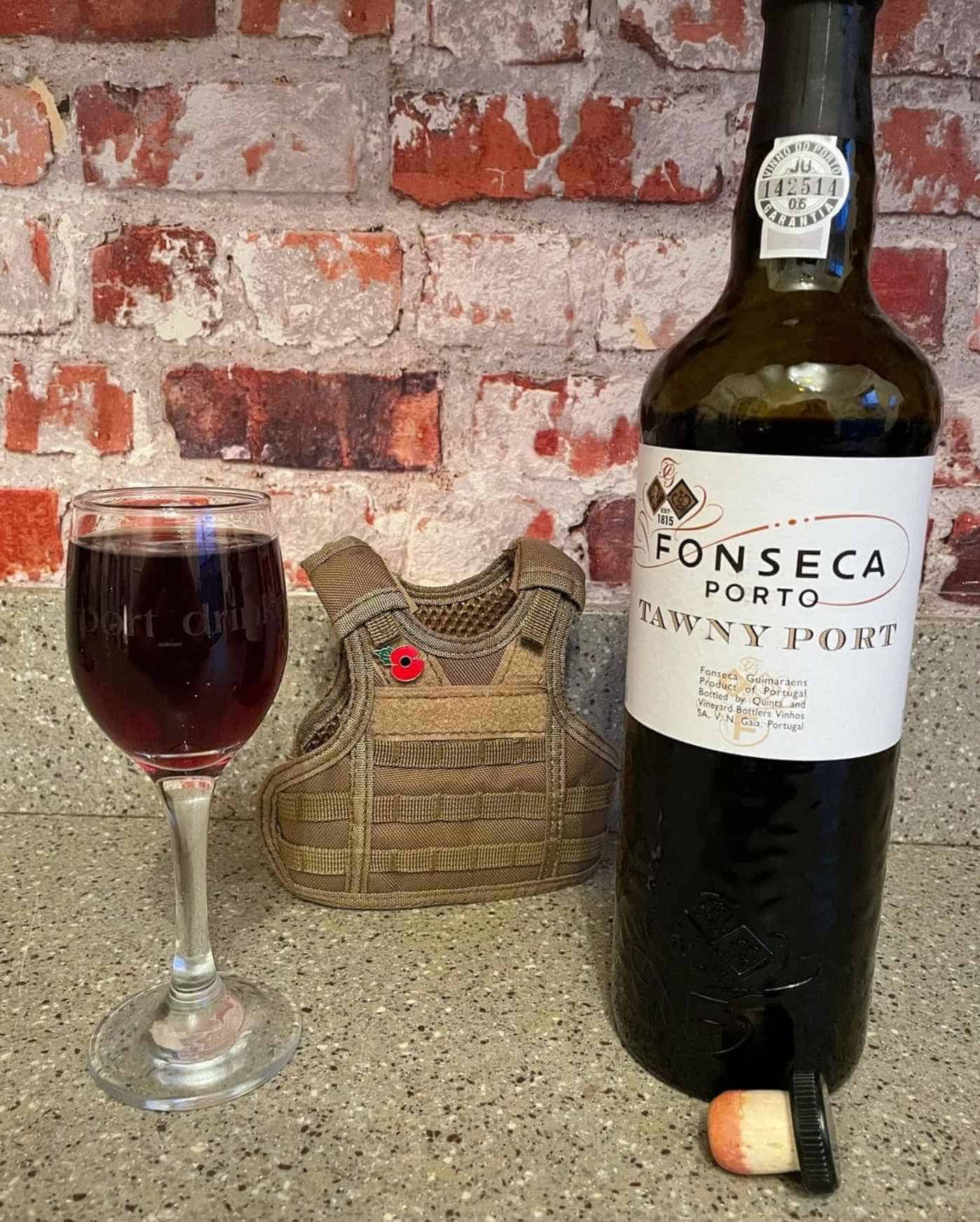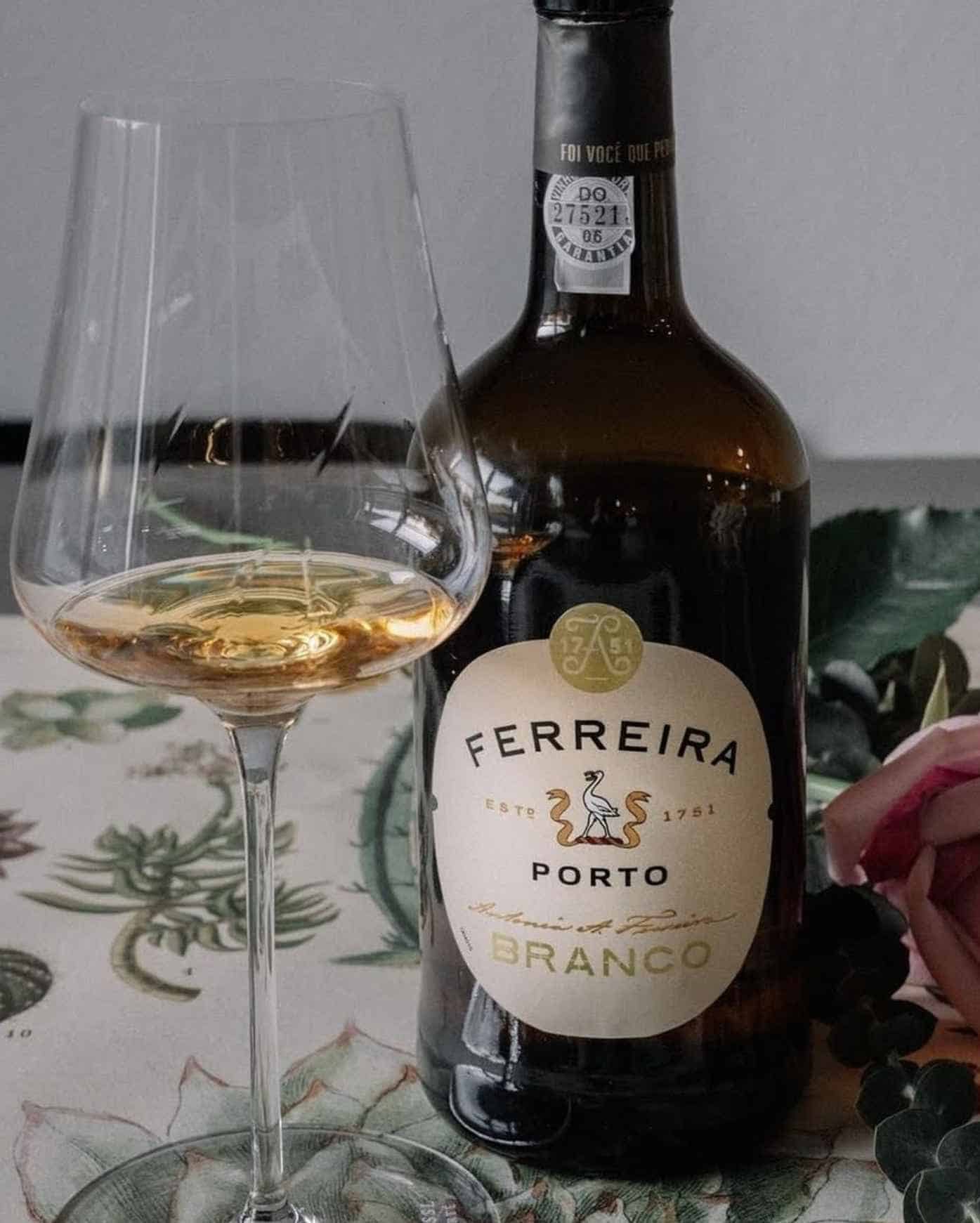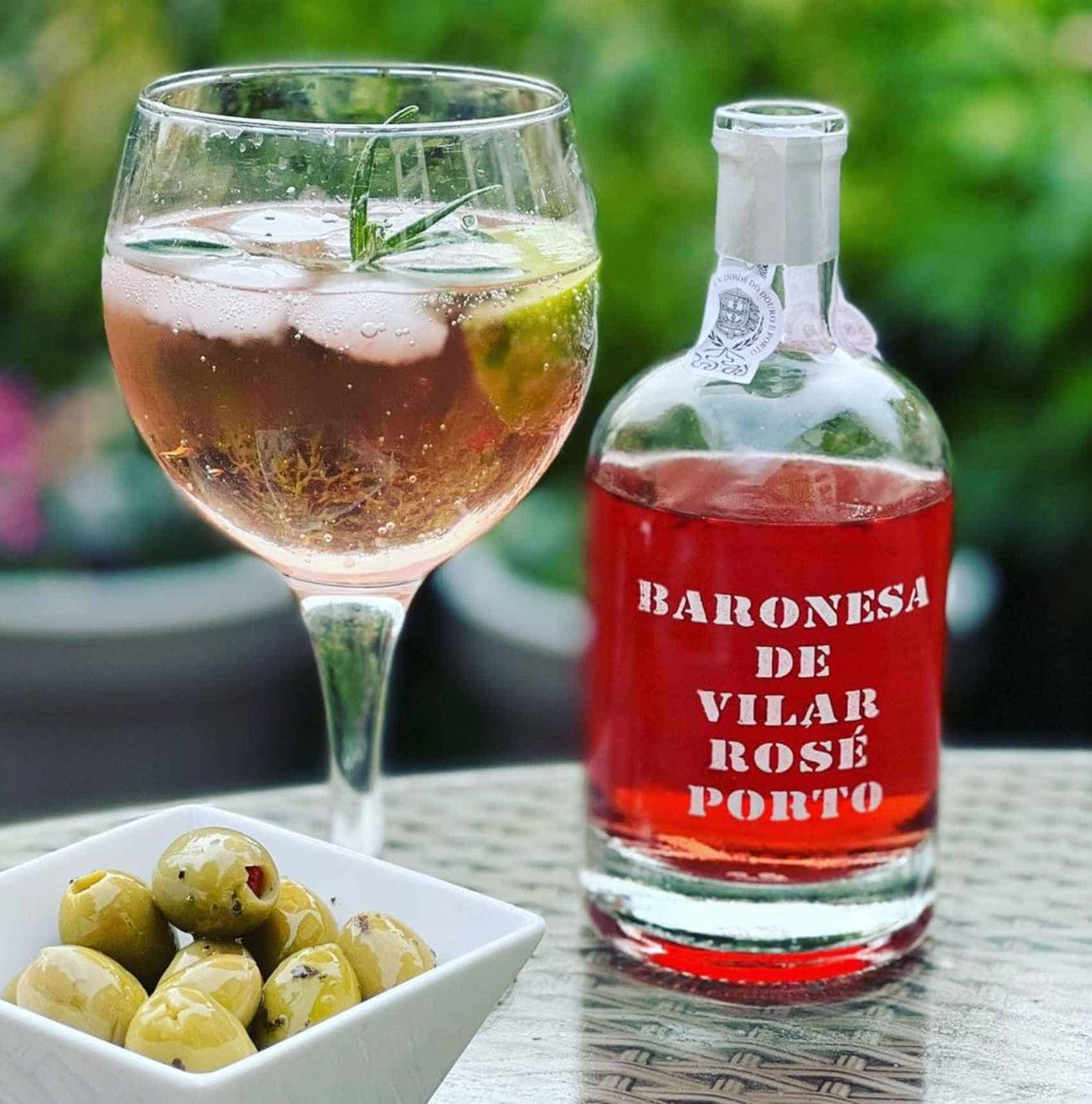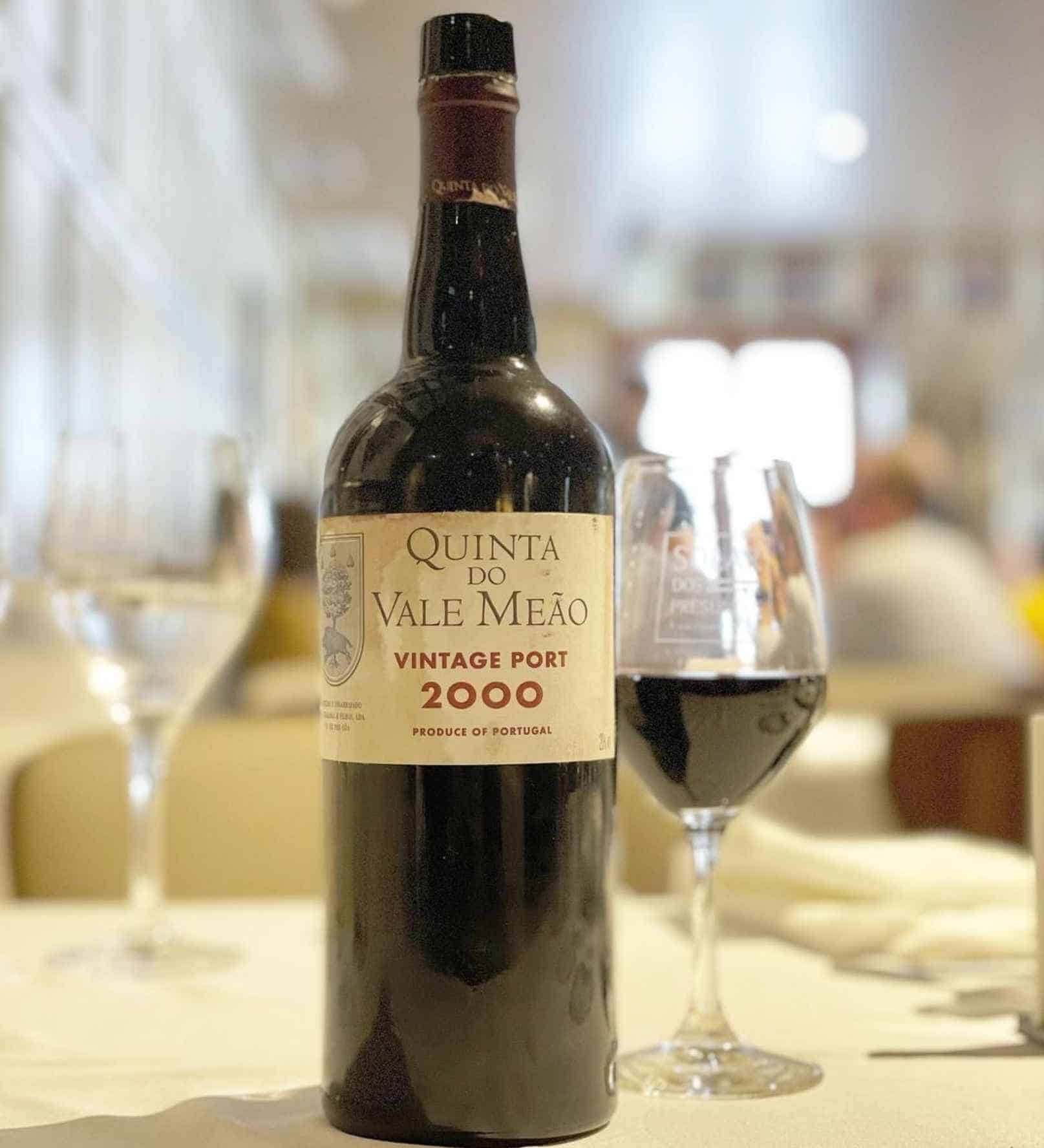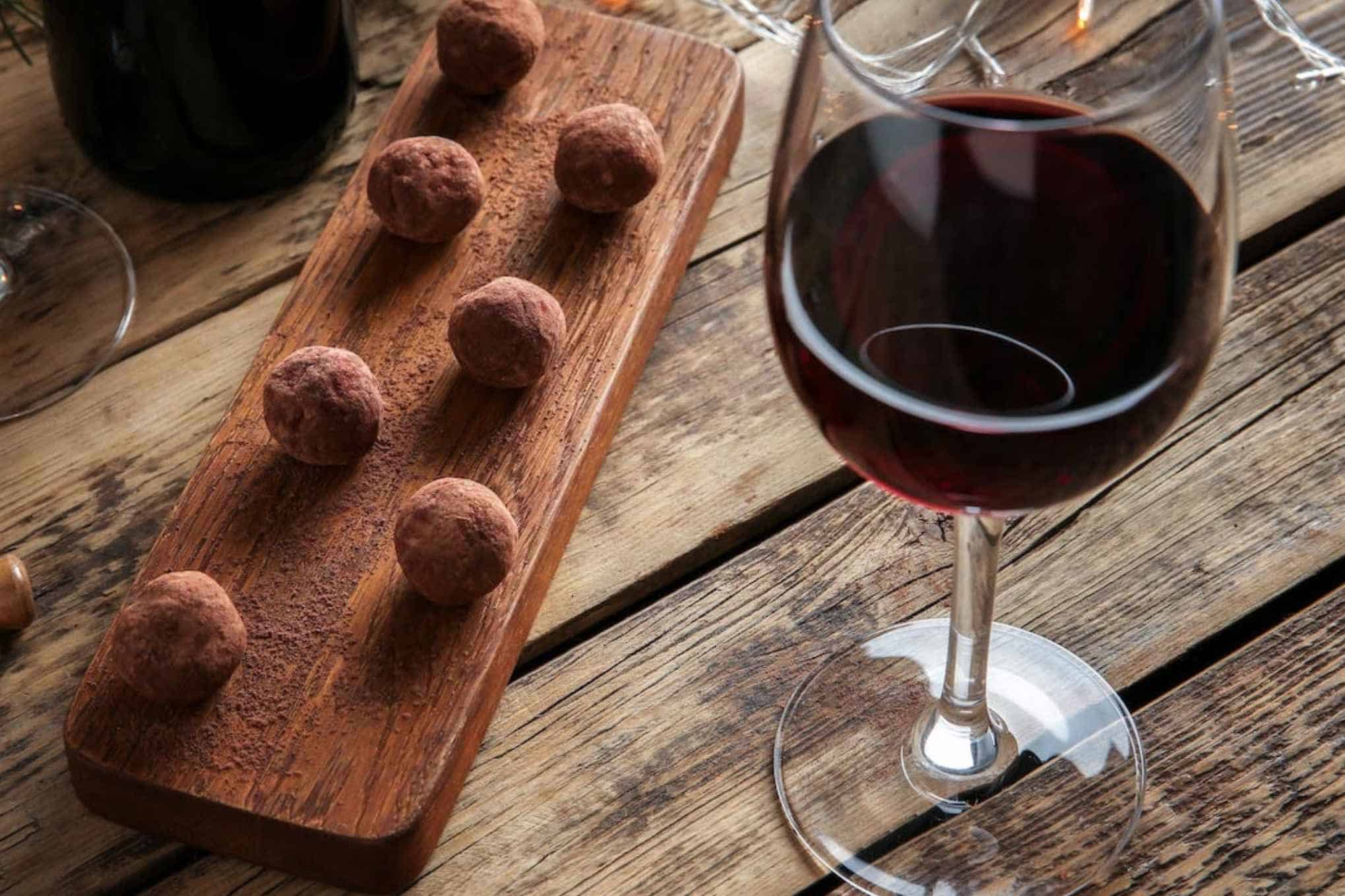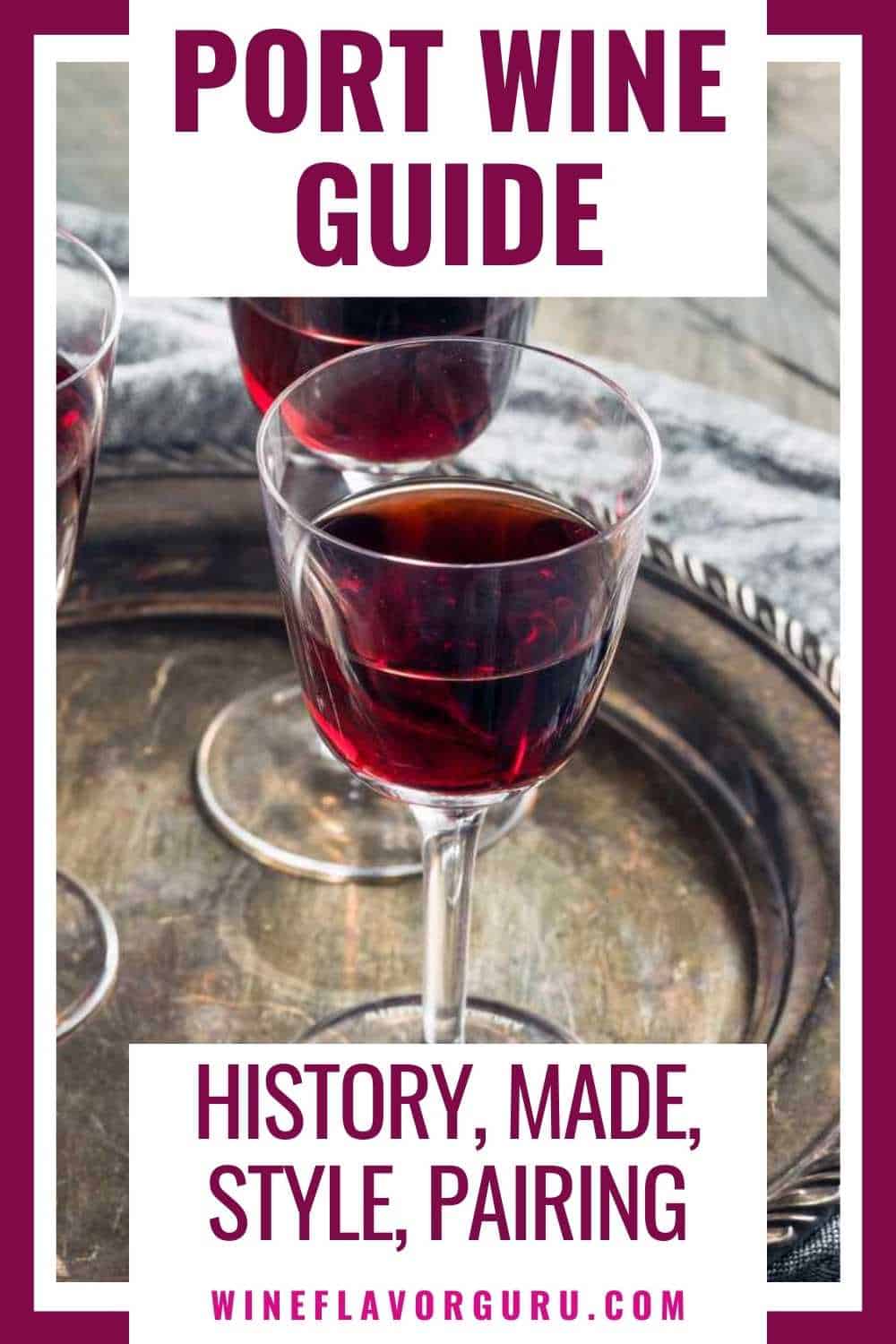For passionate lovers of wine, port wine is often enjoyed after a heavy dinner or as a sweet dessert wine. The great taste of port wine can wrap up every dining experience as it helps you unwind and relax on a chill evening. Therefore, it is not a surprise to have port wine is one of the world’s most beloved and famous wines.
While people often have port wines as a dessert wine, there’s more to port wine that you can discover. So, for a moment, let yourself have a quick tour of port wine, its history, the winemaking process, and food pairings.
Port Wine & Everything About It
Port wines are sweet, fortified wines from the Douro Valley in Portugal. Winemakers craft this wine usually from aromatic grape varieties. Unlike other wine blends, port wines are the fruits of blending distilled spirits from grapes like cognac and brandy before fermentation.
Because its fortified, port wine contains higher alcohol content than other wines. It has a 20% ABV or alcohol by volume measure. Generally speaking, regular wines have a 12% ABV. This higher ABV level is why you often find port wine served in smaller glasses.
Because of its natural sweetness and richness in flavor, people see port wine as a dessert wine. Today, people hailed port wine as one of the world’s most renowned and famous fortified wines.
A Bit of History on Port Wine
Now, to learn more, let’s travel back and see some history of port wine. A long time ago, in the 1600s, winemaking was a practice in the towns of Porto and Vila Nova de Gaia. During this time, the wines are a product of grapes with added additives for alcohol content, durability, and taste.
Eventually, the British merchants started to sell their textiles in exchange for Porto wine. These merchants would add and mix brandy into the port wine to sustain and preserve its quality while on its long journey to England.
The yielding result of blending brandy would make the wine much sweeter since the included spirits like brandy would end the wine’s fermentation inside the bottle.
Soon enough, adding brandy or other distilled spirits led to the birth of the port wine we know today. In the 17th century, the Porto Wine industry called this fortified wine “port wine.”
A Brief Glimpse at the Making-Process of Port Wine
The first step of the process of port wine starts by pressing the harvested grapes to extract and release the juice. Afterward, wine crafters let the juice ferment for several days until it reaches the seven percent alcohol level.
Later, winemakers will add a young and clean wine, a neutral grape spirit, to the extracted juice or base wine. Adding a distilled wine spirit would cease fermentation and boost the alcohol level, leaving more sugar in the wine.
Usually, people refer to this spirit as brandy. But of course, it’s not the type of brandy we would often see in retail stores and tasting galleries.
Finally, winemakers will store the fortified wine in oak casks and barrels and let it age for eighteen months. After some time, winemakers will mix other batches with the fortified wine to produce the definitive collection of port wine.
Finally, the port wine will be aged again for an extended period inside a cask or in a wine bottle.
The Most Popular Styles of Port Wine
One of the most interesting facts to know about port wine is that there are unique types of port wine. Every port wine has distinct characteristics and flavor profiles. So, let’s get things started. Here are the most popular styles of port wine you’ll find available in the market.
Ruby Port
From the name itself, we can have a hint that ruby port is a profoundly red-colored type of wine. Wine crafters made this type of wine using red grapes like Tinto Roriz, Turiga Franca, and Turiga Nacional. For its flavor-tasting profile, the ruby port has fruity undertones like cherries and blackberries.
Also, this wine has cinnamon and chocolate undertones. Overall, the ruby port has a broad category of wine collections. It covers all port wines, which are deep red in the shade. Ruby port includes crusted port, vintage port, and late-bottled port.
Tawny Port
If you prefer extra sweet wines, the tawny port might be the one you’re searching for. Similar to Ruby Port, winemakers used red grape varieties.
However, once you get a sip and taste of tawny port, you’ll realize that this wine is much sweeter and has complex flavors of dried fruit, caramel, and hazelnut.
While you’ll find other types of port wines stored inside massive oak barrels, winemakers let tawny ports age in smaller barrels known as pipas. This storage allows more contact between the wine and the wood, resulting in increased evaporation and deeper flavors.
Generally, the standard tawny port has a minimum of two years of barrel aging. But yes! You can still have a smooth forty-year-old tawny port blend.
White Port
Wine crafters made port wine with native white grapes from Portugal, like Gouveio, Malvasia, Rabigato, and Viosinho. You can usually find the white port in sweet, off-dry, and dry styles. This type of port wine has prominent fruity undertones of citrus, apricot, and sweet apple.
White ports often come in standard, reserved bottles that last a year or two in an aging barrel. Nevertheless, white ports are best for quick drinking. White Port Colheita is made from a single grape varietal and aged in massive tanks to produce a straw color. On the other hand, reserve white port needs around seven years to obtain a nutty taste.
Rose Port
In 2008, Croft Port House released a new variety of port wine called Rose Port. Like blush wine, winemakers produced port wine with restrained exposure to grape skins, giving birth to its rose color. People describe the taste of rose port with flavors of strawberry, caramel, and violets.
Vintage Port
Vintage port originates from an extraordinary year of harvesting. That’s why winemakers often refer to this type of wine as a rare specialty. In other words, winemakers made vintage port wine using grapes from a single year.
Afterward, the extracted juice is stored and aged in stainless steel or barrels for two years and a half before placing it in a wine bottle. Finally, the vintage port can be protected and preserved for another ten to forty years in the bottle.
Overall, the vintage port has a complex set of flavors. You can taste almonds, green peppercorn, graphite, and butterscotch notes.
The Fantastic Food Pairings of Port Wine
We all wanted to know the fantastic food pairings of our favorite port wine. After all, you can enjoy wines when you have them over delicious meals.
Indeed, port wine is delicious, sweet wine. However, along the way, you can discover that port wines can perfectly match specific types of food. Mostly this kind of wine is usually served after dinner. And yet, port wine can pair beautifully with rich, solid flavors like blue cheese, smoky meats, and salted nuts.
On top of everything, since port wines are extra sweeter, you can have it as a dessert wine. Port wines are excellent for desserts like caramel, cakes, and chocolates. Here are the things you might want to try to know more about the fantastic food pairings of port wine.
- Ruby Port: Because of Ruby Port’s strong black fruit flavor profile, this wine pairs exceptionally with rich cheeses like Moscato. You can also have it with your favorite chocolate pie. With its young and fresh nature, the ruby port can balance these foods’ sweet and rich flavors.
- Vintage Port: Since a vintage port is considered the ‘King of Port Wines,’ you should choose its pair carefully. As a result of long-time aging, this kind of wine has higher acidity and tannins, leaving it with a buttery consistency. Its perfect match would be plates of blue cheese with walnuts and figs.
- Tawny Port: You can have chilled tawny port with spiced desserts and rich caramel nuts. In addition, the aged tawny port can work well with Creme Brulé, Beijing duck, walnuts, and pecans.
Cheese Pairings of Port Wine
Since wines and cheese are a classic pair, here’s a quick overview of the best cheese duo of port wines. If you’re new to port wine, you can confidently start mixed matching by following this guide!
| Port Wine Styles | Taste Profile | Cheese Pairing |
| Ruby Port | Spice, Chocolate, and Berries Undertone | Manchego, Parmesan, Asiago, Gorgonzola, and blue cheeses; |
| Tawny Port | Nutty flavor, Caramel, and Dried Fruit Undertone | Pecorino, Smoked Cheddar, Parmesan, & Manchego |
| Vintage Port | Butterscotch, Almond, Green Peppercorn, and Graphite Undertone | Edam, Stilton, Cambozola, Roquefort, & Stilton |
| White Port | Bright Flavors of Toasted Nuts, Citrus Peel, and Apple | Brie, Feta, Chevre Goat, Gruyere, & Comte |
The Excellent Way to Serve Port Wine
Since port wines have increased alcohol content, people serve and drink them using smaller wine glasses. In general, the serving dose of port wine is around 85 ml. In addition, you can offer port wines the best way at about fifty-nine to sixty-eight degrees Fahrenheit or fifteen to twenty degrees Celsius.
So, if you like to drink port wine, it will be helpful to thaw it out of the fridge for thirty minutes before serving so you can warm it to the right temperature.
Final Thoughts on Port Wine
Besides being a dessert wine, port wines would make a fantastic addition to your set of wine collections. After all, with its rich and dynamic flavors, you can serve it when you’re hosting a grand party or a private, intimate event. So, get going, and have the best shot of your favorite port wine.

George Moore, co-founder of Wine Flavor Guru, is a charismatic entrepreneur with a rich background in California’s wine industry. Alongside Sylvia, he transformed a Sonoma County vineyard into a source of premium wines. George’s expertise in sourcing exceptional grapes and his approachable style make wine appreciation both accessible and engaging.



